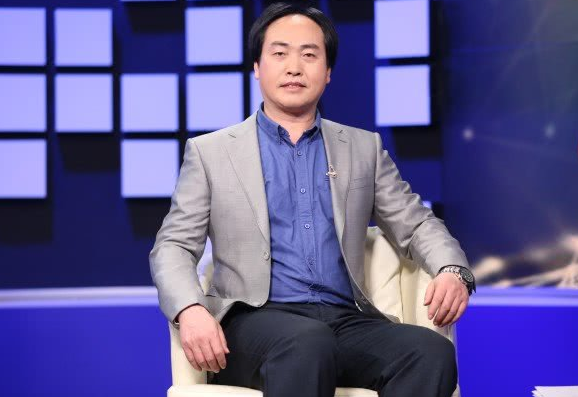On 22 July, VisionChina (Beijing) 2021 was successfully concluded at the Beijing International Convention Centre. The theme of this two-day conference was "Intelligent Manufacturing Leading High Quality Development", and a number of industry experts were invited to deliver exciting presentations in various fields. The conference attracted 3,267 professional delegates to attend and observe the exhibition.
We had the honour to interview Mr. Xiao Guodong, General Manager of Tianjin Wishen Technology Co. Weishen Technology has been deeply involved in the machine vision industry for many years and has been committed to the field of 3D digital technology innovation. On the show floor, Mr. Xiao introduced in detail the 3D inspection and large format array high speed measurement solutions and 3D vision sensor series products! Take a look~

1、What are the latest technologies and products that your company has brought to VisionChina (Beijing) 2021? What are the highlights of your main products?
At this exhibition, we have brought out a series of products based on robot vision 3D inspection and large-format array high-speed measurement solution and 3D vision sensor series, which are widely used around 3D vision scenarios. It is suitable for automotive, high speed rail, aerospace or larger industrial applications.
The Vision Booster series 3D vision sensors are designed for component inspection and vision positioning guidance applications in the 0.05m-10m range and can quickly help factories achieve intelligent and digital deployment. 3D vision sensors and their subsequent software packages are already compatible with all types of mainstream robotic and third-party application software and carry their own various modules that can significantly reduce the need for a large number of modules in the field. The VB series 3D vision sensor and its subsequent software are already compatible with all kinds of mainstream robotic and third-party application software, and the various modules they carry can significantly reduce the amount of post-development work required for landing scenarios, making automated machine vision deployment easier.
The VB series 3D smart camera carries photoelectric modules, all with integrated industrial design, and more open interfaces and SDKs can effectively reduce the difficulty and complexity of vision application development and integration, especially in labour-intensive manufacturing industries, which can achieve leapfrog technology upgrades on the entire production line and inspection units, loading and unloading units, grinding units and other processes to meet the needs of industrial users in a variety of complex AI Work conditions, to achieve the intelligent operation of the black light factory, for the automotive, aerospace, military and electronic manufacturing, non-electronic manufacturing, home appliance quality control, logistics and other industries and fields to achieve digital, intelligent empowerment.
2, machine vision is known as the "eye of industry", as an emerging technology is highly expected, is one of the key technologies to promote the global manufacturing intelligence revolution. Which segmentation of machine vision are you more optimistic about? Is there more market space? In terms of industries and sectors, which ones do you think are the most popular at the moment?
This question is actually closely related to the whole global industry. I have read some analysis reports before, and in the process of our customer enquiries, I can feel that all the parts that can replace manual labour, that is, the two parts of our 3D vision guidance and inspection, actually have a very large market, with a scale of several hundred trillion dollars worldwide.
From my company's point of view, it is in the automotive parts manufacturing industry, including some casting industry, they will need a lot of manual work. These manual work will be replaced, equipped with 3D vision of intelligent equipment will be a core hub to complete the loading and unloading sorting and some inspection work, including the follow-up of some grinding, welding, these jobs can be completed with visual guidance navigation, so as to achieve a manual replacement.
3、From the perspective of the current industrial environment, where will the company's next business focus be?
Our next business focus will be on the development of back-channel algorithms based on our core technology of 3D acquisition, to equip various industrial robots with eyes and brains, to build solutions for various applications, and to become a core supplier of solutions. In terms of industry selection, we are now prioritising the automotive direction, as well as our aerospace direction, and we have been working hard to be more detailed and deeper and more refined.
4、Is your company satisfied with the quality and quantity of visitors to the exhibition? Did you meet some important customers or intended cooperation customers? What are your expectations for next year's exhibition?
Compared to Shanghai and Shenzhen, the Beijing show has one clear feature, that is, the visitors are very precise. We plan to attend future shows. We hope the Machine Vision Show will get better and better and lead the industry in innovation and development, and we also hope that Microsense's 3D vision products can strongly contribute to the rapid development of industrial intelligent manufacturing.